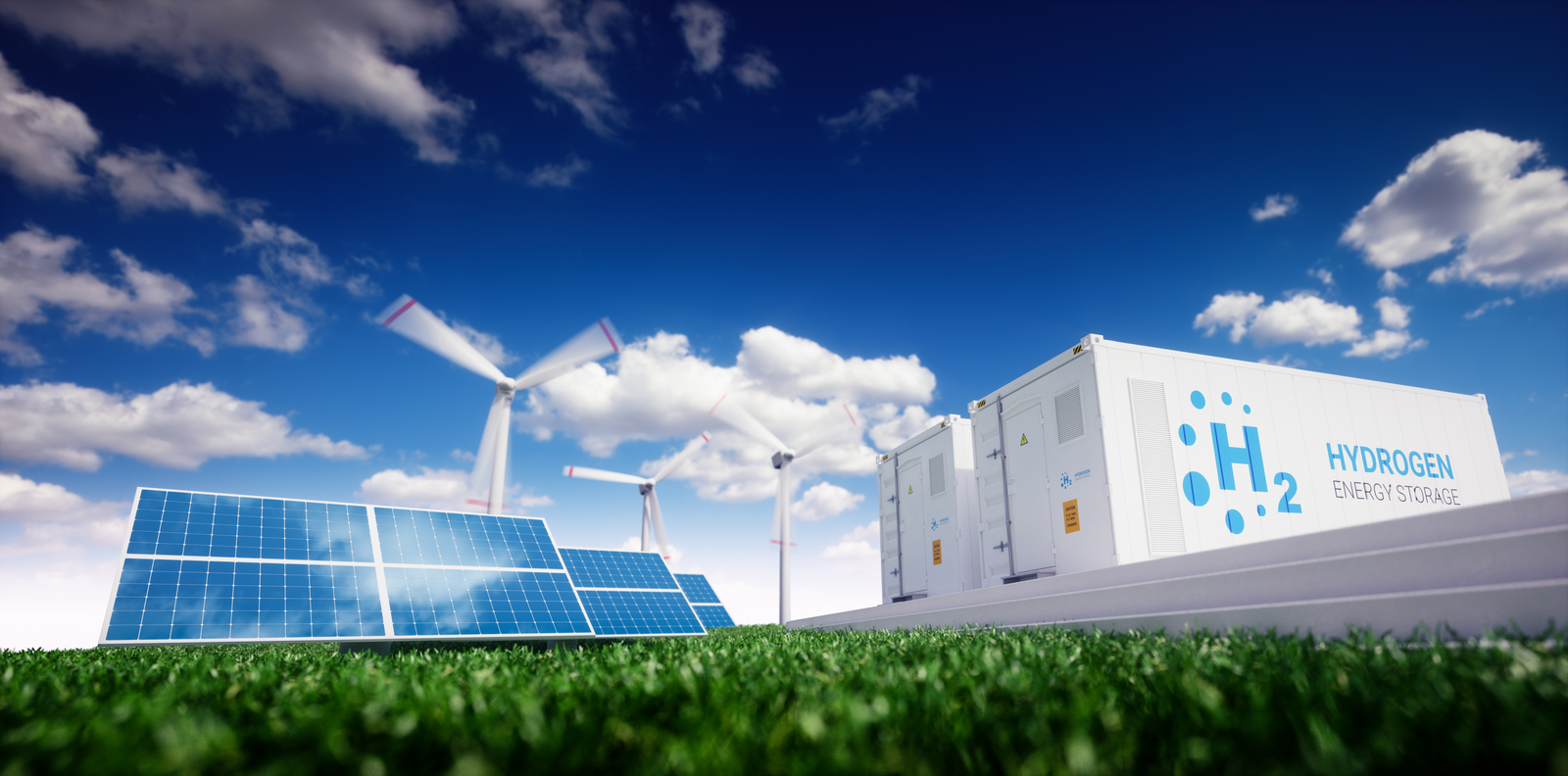
28.06.2021
Deloitte/SINTEF/IFP: Blue hydrogen important for achieving EU climate goals
In the EU’s Green Deal, hydrogen has been highlighted as an important element for integrating various energy systems and contributing to CO2 reductions, especially in the process industry and transport. The EU’s hydrogen strategy focuses primarily on hydrogen from renewable sources and supplementing with hydrogen from fossil sources in combination with CCS.
Competition between green and blue hydrogen
The competition between green and blue hydrogen is already underway, and will in future depend on political, financial, commercial and resource conditions.
A new quantitative analysis, carried out by SINTEF and others, provides new insight into how hydrogen produced from different energy sources can contribute to the EU’s climate goals. The analysis also addresses the competitive relationship between blue and green hydrogen, and relevant cost consequences of various policy choices. The report was commissioned by players in the oil and gas industry.
The analysis’s two scenarios are both based on the EU’s new targets for net zero emissions in 2050, but with different targets for renewables in the energy mix: today’s 32% target per 2030 vs. a 40% target – increasing to 80% by 2050.
The analysis covers the EU including the UK and Norway in one integrated energy system, including energy imports from other countries. The analysis concludes that a preferred energy system in the EU in 2050 means that electricity as an energy carrier will increase from 26% to just over 40%, and that the share of hydrogen in the energy mix in both scenarios will exceed 20% in 2050.
Green hydrogen will drive coal and oil out of the energy system
The report indicates that green hydrogen will drive coal and oil almost completely out of the energy system by 2050, and that tighter renewable targets will limit demand growth for natural gas. Technologies for hydrogen production from natural gas with the lowest emissions per tonne of hydrogen come out best in the analysis. The total societal costs in the scenarios are marginally different, but the investment costs in a development phase are estimated to be somewhat higher given higher requirements for renewables. The amount of CO2 stored from hydrogen production is estimated at about 200 Mt pa. from 2030.
This is part of the Enviromental Analysis, prepared by Gassnova’s analysis team. Here you can read the analysis for May.


